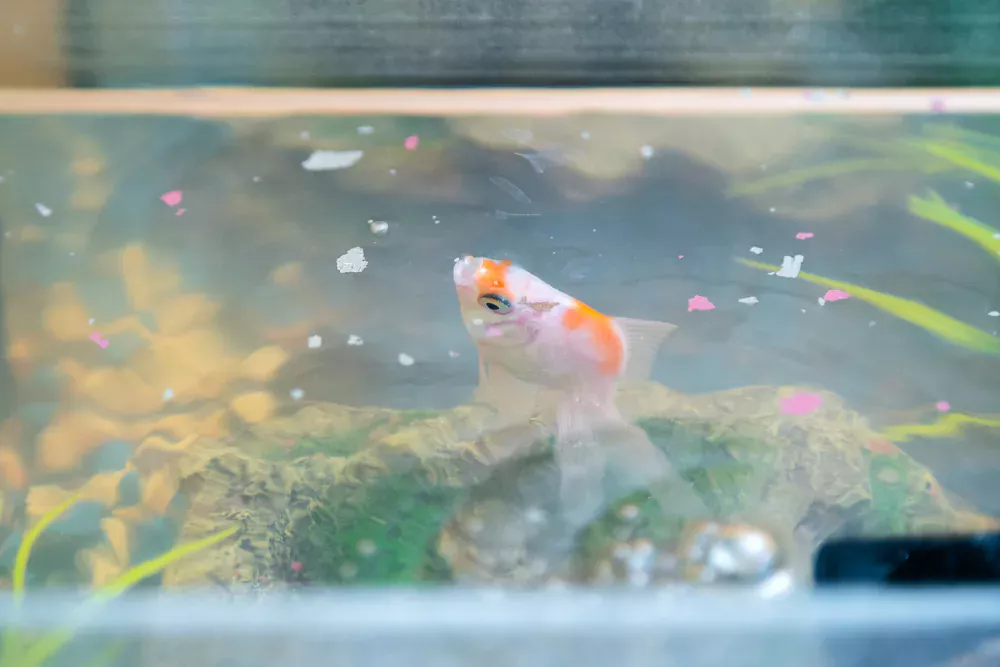While goldfish are one of the most popular fish species in the world, they’re also misunderstood. We hear all kinds of strange “facts” about them, like how they only have a memory span of three seconds or that they can’t be kept with other fish and will grow to an enormous size if left unchecked. Well, those myths couldn’t be further from the truth! Goldfish are extremely intelligent creatures that can remember their owners for years and live in happy harmony with other breeds of fish. But there is one thing you should never do to your goldfish: starve it! In this article, we’ll look at goldfish feeding habits as well as how long your little aquatic friend can go without food.
- 1 How Long Can Goldfish Go Without Food?
- 2 How Long Can Goldfish Go Without Food In A Pond?
- 3 Signs And Symptoms Of A Hungry Goldfish?
- 4 How Often Should You Feed Your Goldfish?
- 5 How Can You Feed Your Goldfish When You Are Away?
- 6 How Do I Know If I am Feeding My Goldfish Enough Food?
- 7 How Can You Avoid Overfeeding Your Goldfish?
- 8 Which Are The Most Ideal Goldfish Feeds?
- 9 How Long Can Goldfish Fry Go Without Food?
- 10 How Long Can Fantail Goldfish Go Without Food?
- 11 How Long Can Comet Goldfish Go Without Food?
- 12 How Long Can Black Moor Goldfish Go Without Food?
- 13 How Long Can Oranda Goldfish Live Without Food?
- 14 Conclusion
How Long Can Goldfish Go Without Food?
Goldfish are considered to be relatively hardy, but there’s a limit to what they can endure. Depending on the type of goldfish and its size, it may be able to go without food for one week or up to two weeks before dying from starvation. The temperature of their water also plays a role in how long they’re able to survive with limited nourishment.
How Long Can Goldfish Go Without Food In A Pond?
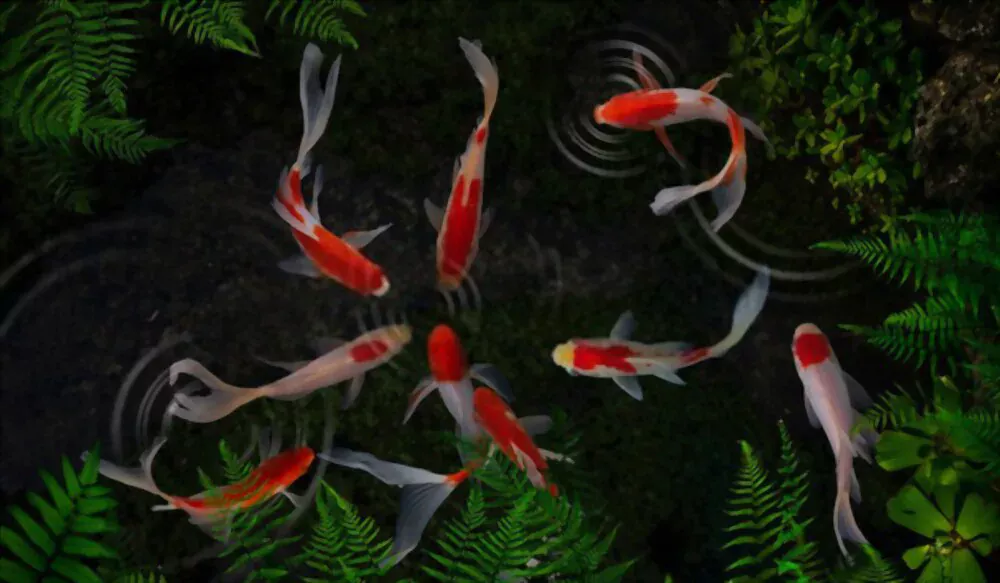
The lifespan of goldfish depends on the type and environment in which it is kept. In a pond, a common goldfish can survive for 8 to 14 days without food. This is similar to aquarium goldfish that can go without food for up to 2 weeks.
In a small bowl or tank, this time will be much shorter because there may not be enough oxygen in the water for them to survive long periods of time without eating something. For example, if you keep your fish in an overstuffed bowl with little room for them to swim around and breathe properly then you may only get two days out of them before they die!
Signs And Symptoms Of A Hungry Goldfish?
As the fish gets hungrier, you will see a few of the following signs:
1- One of them is that it will start to get thinner. If you haven’t fed them for a long time.
2- Another one is that it will start to lose color. This can happen in several ways. The goldfish may turn darker or lighter than it was before, depending on which kind of food it eats.
3- A third way for a fish to look different when hungry is its face: when a fish’s face becomes narrower and longer because there isn’t enough food in the tank! It’s also possible for your goldfish to become shorter as its body shrinks due to lack of nutrition as I mentioned earlier and if these symptoms are severe enough, you might lose your pet!
4- Finally, if you notice that your fish doesn’t move around much anymore (even though they usually swim constantly), this could mean they’re feeling drowsy from hunger; however, if they start swimming more quickly than usual while still staying at the top/middle area of their tank with little movement below surface level then maybe something else has gone wrong.
How Often Should You Feed Your Goldfish?
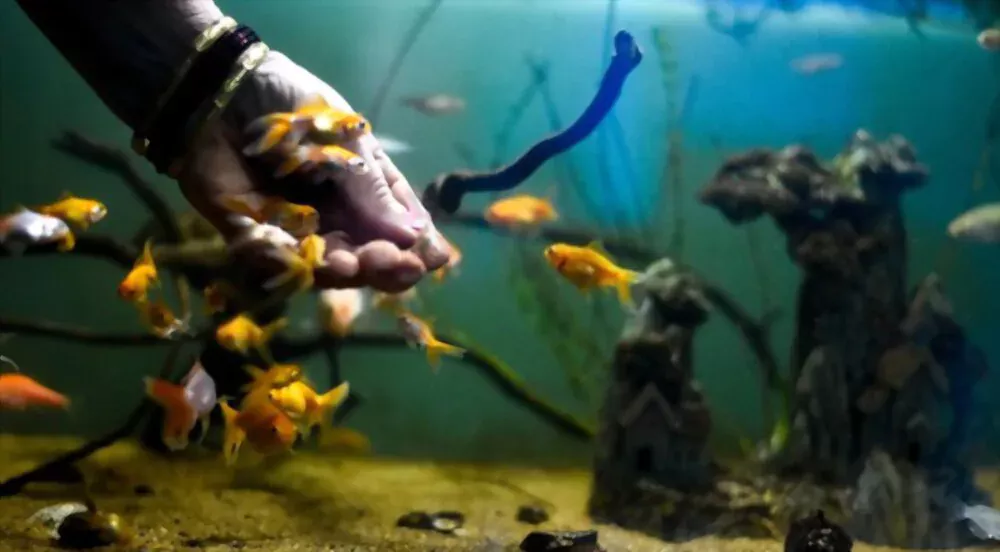
You should feed your goldfish at least 2 to 3 times a day. The amount of food you provide will depend on the size of your fish and the type of food you are using.
If you are feeding flakes, give about 1/2 teaspoon for each inch of their body length. If you are using pellets, it is generally recommended to serve no more than 5% of their body weight per day. This can be converted into teaspoons using the following conversion: 1 tsp = approximately 5 grams. The temperature of your water can also affect how much your fish eats; colder water often means less appetite!
How Can You Feed Your Goldfish When You Are Away?
If you are away from home for more than a few hours, you should consider using one of the following methods to feed your goldfish:
1- Automatic Dispensers (Automatic Feeders)
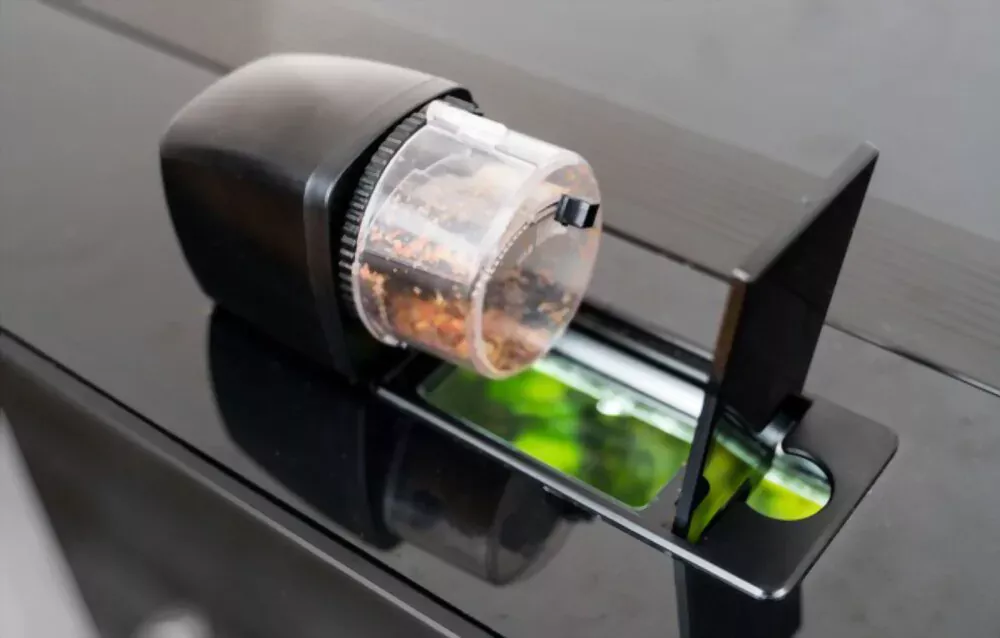
Automatic dispensers (automatic feeders) work by warming up food and then dropping it into the tank at specified intervals. They are available for all sizes of aquariums and can be adjusted so that they dispense just the right amount of food each time without overfeeding.
2- Feeding Blocks
Feeding blocks can be placed directly in the fish tank or near its edge with water flow carrying them through to where your fish are located. These are good options when you have an irregular schedule or if you want to give your fish a varied diet while also ensuring they get enough nutrition throughout each day.
3- Slow Release Fish Food
Slow-release fish food allows you to provide your aquatic companion with a steady supply of energy over time, instead of only having enough food available for one meal at a time. This way there will always be something ready for him when he wants it!
4- Hire A Fish-Sitter
If you are away for a long time, it is important to make sure your goldfish is well cared for. You can hire a fish-sitter to feed and take care of your goldfish while you are away.
5- Ask Your Friend
If you have a friend who will be able to watch your goldfish while you are away, this is the most convenient option. It’s also the least expensive, but it does require a little bit of trust on your part. You will have to trust that your friend knows what they are doing and will be able to care for your fish properly. The downside to this is that you may not get back into the habit of taking care of your fish once you return home due to the lack of daily interaction with them.
6- Take Help From Neighborhood
Another option would be to ask someone else in your neighborhood if they could take care of your fish while you are away. Again, there is some risk involved here as they may not know how much effort it takes to care for a goldfish and could potentially do more harm than good by overfeeding or neglecting basic needs such as water changes or feeding schedule changes when you return home
How Do I Know If I am Feeding My Goldfish Enough Food?
There are a number of ways to tell if your goldfish is getting enough food:
1- First, take a look at the color of your fish. Goldfish should be bright and vibrant with no signs of browning. If you notice any discoloration in their skin or fins, it may be time to increase their diet.
2- Next, check out their behavior. If they seem lethargic and sluggish at the bottom of their tank, this could mean they need more food in order to stay healthy and active!
3- You can also use weight as an indicator that your fish might be hungry. if you notice them losing weight over time when compared to other similar-sized creatures in your tank then it’s possible that something needs adjusting (either feeding plan). A good rule of thumb is that if an average-sized goldfish loses about 1% of its body weight per month then something needs changing; keep track for several months before deciding whether more food is necessary!
4- Another way you can tell if something’s off? Look at how quickly (or slowly) your pet has been growing since being introduced into its environment. If growth has been slow or nonexistent then maybe adding some extra calories will help speed things up!
How Can You Avoid Overfeeding Your Goldfish?
You can avoid overfeeding your goldfish by following these simple rules:
Don’t feed your goldfish more than they can eat in 5 minutes. Goldfish are generally voracious eaters and will consume as much food as you give them, so it’s best not to push them too much. If you’re worried about overfeeding, just wait a few hours between each feeding session.
Don’t give your fish flakes or pellets that are larger than the size of their mouths; this will make swallowing difficult for them, which could lead to digestive problems later on down the road!
Which Are The Most Ideal Goldfish Feeds?
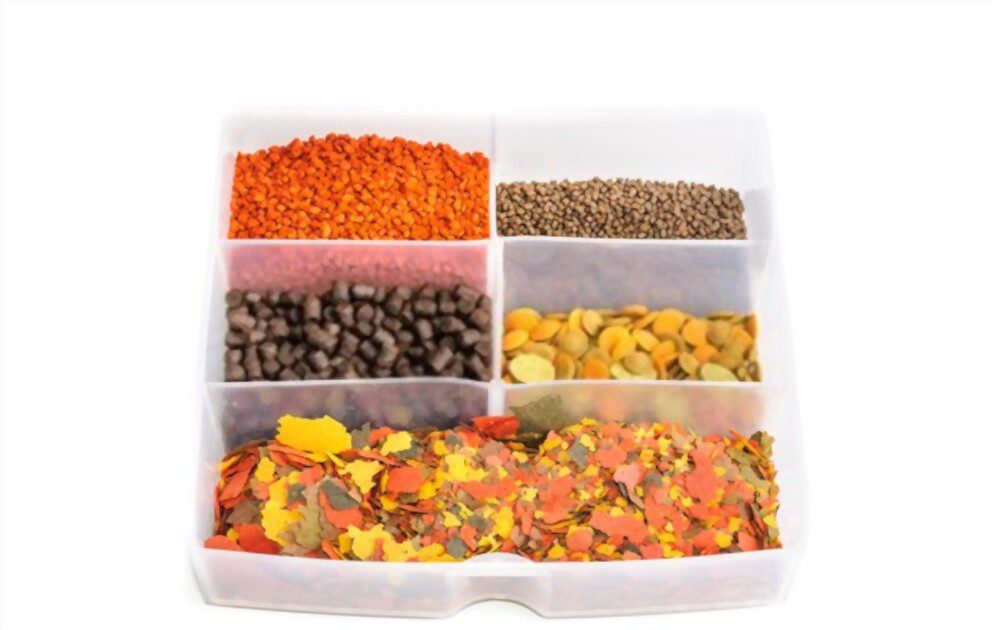
If you’re looking to feed your fish a varied diet, here are some of the most popular choices that are available commercially:
1- Flakes
These are usually made from algae and other plant matter. They can be stored for long periods of time without spoiling, making them a convenient option for aquarists who don’t have time to prepare food on a daily basis.
2- Pellets
These are also easy to store and require no preparation before being fed to fish in an aquarium tank. The downside is that they tend not to be as nutritious as flakes or other types of live food (such as worms). However, pellets do come in a variety of flavors, so they may be a good choice if you want something flavorful but healthy that won’t spoil quickly if left out!
3- Brine Shrimp
Brine shrimp are tiny crustaceans that are very high in protein and omega-3 fatty acids. They add color to your goldfish’s diet, as well as make the water cloudy in which you can see the fish swimming around. A good source of protein, brine shrimp also makes a nice treat for your fish when they are having trouble getting enough to eat.
4- Blood Worms
Blood worms are a great source of protein and vitamins that will keep your goldfish healthy and strong. If you have a small tank or one with limited space, these little guys can be fed as free-choice food for healthy goldfish as well as other types of fish such as tetras or catfish.
How Long Can Goldfish Fry Go Without Food?
In general, goldfish fry can go without food for 5 to 12 days. As mentioned above, this is because they are very small and therefore need to be fed more often.
However, not all of the food that you give them will be eaten; some will still remain in the tank. This is why it’s important that you remove uneaten food from the aquarium after a few hours or at least once per day (this depends on how many goldfish fries there are). You should also make sure that your tank has enough oxygen and that there is no buildup of ammonia or nitrites in the water, otherwise, your fry could die!
How Long Can Fantail Goldfish Go Without Food?
Fantail goldfish are one of the hardier varieties of goldfish. They can go without food for a few weeks and don’t need to be fed daily like some other varieties, but they still need to eat on a fairly regular schedule, otherwise, they’ll get sick or start acting lethargic. The exact length of time that your fantail goldfish can go without food depends largely on how much room you have in your tank for them to store extra fat, so it’s best not to push their limits unless you know what you’re doing!
How Long Can Comet Goldfish Go Without Food?
It’s important to note that every individual has different nutritional requirements and therefore may not require exactly the same amount of food each day. Comets are one of the larger breeds of goldfish with some growing up to 8 inches (20 cm) long so they need more food than other small varieties like shubunkins or fantails which only reach 4 or 5 inches (10-13 cm). They can live without food for 8 to 14 days.
Just a tip, In the wild average life span of a comet goldfish, is about 3 to 5 years. However, they have been known to live up to 10 years in captivity. This means that your fish may live twice as long as they would in their natural habitat if you provide them with good care and nutrition.
How Long Can Black Moor Goldfish Go Without Food?
You may be wondering how long Black Moor Goldfish can go without food. The answer is between 7 and 10 days, although this depends on the circumstances of your fish’s environment. Black Moors are one of the hardiest varieties of goldfish and will survive in a wide range of conditions, which means they’re more likely to survive longer than other types if you forget to feed them.
How Long Can Oranda Goldfish Live Without Food?
Oranda goldfish are active and lively, so they need a lot of food. This can make them hardy fish to have in a community aquarium. However, they do not do well if they go without food for long periods of time. They live longer than other types of goldfish and some Oranda goldfish can survive without eating for up to 12 days!
Conclusion
It is evident that goldfish can survive for a long time without food. Goldfish can be fed a variety of foods like worms, bloodworms, brine shrimp, tubifex worms, and mosquito larvae. Goldfish should ideally be fed 2 to 3 times a day with the right amount of food. If well-fed, they are able to live 20 – 40 years.

